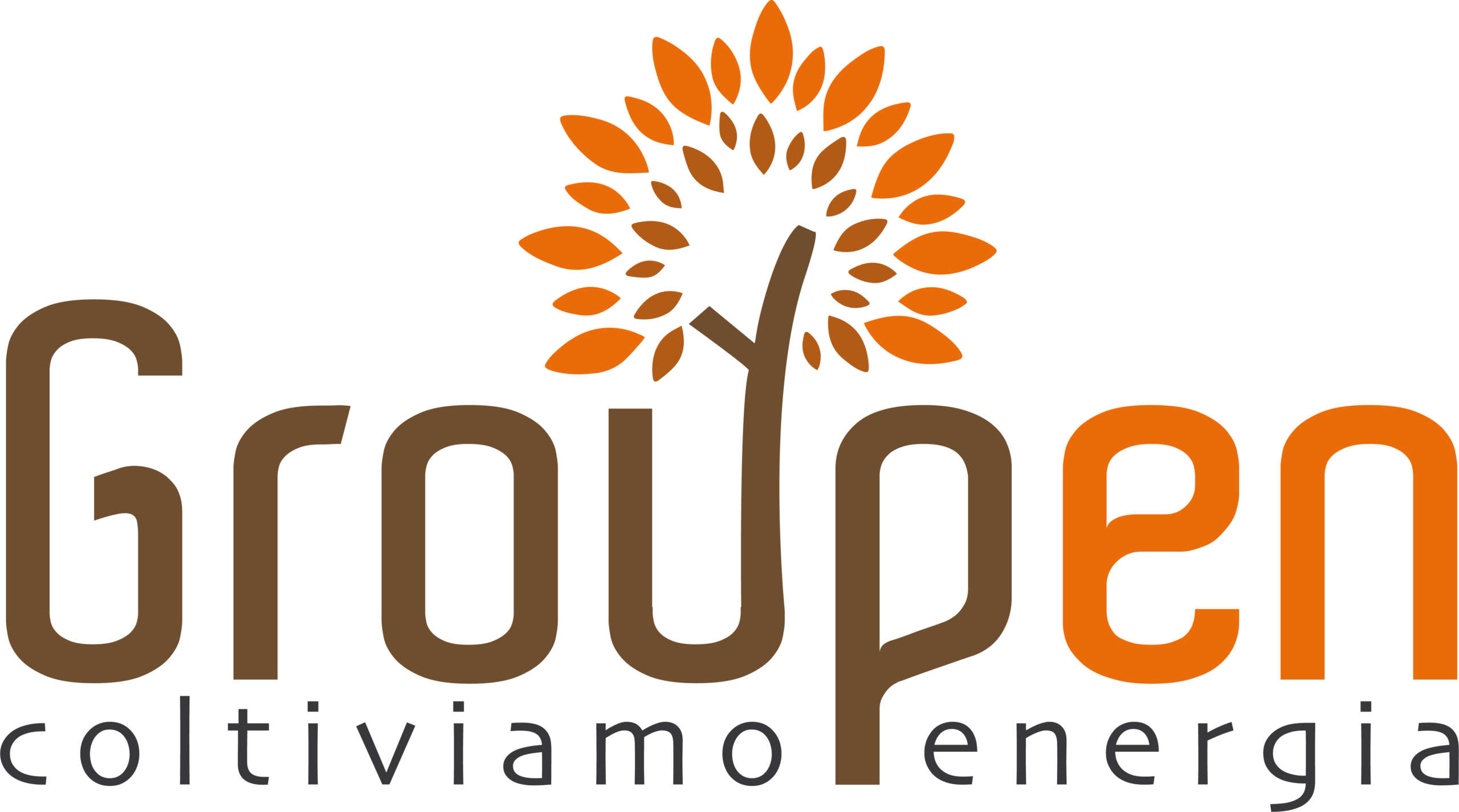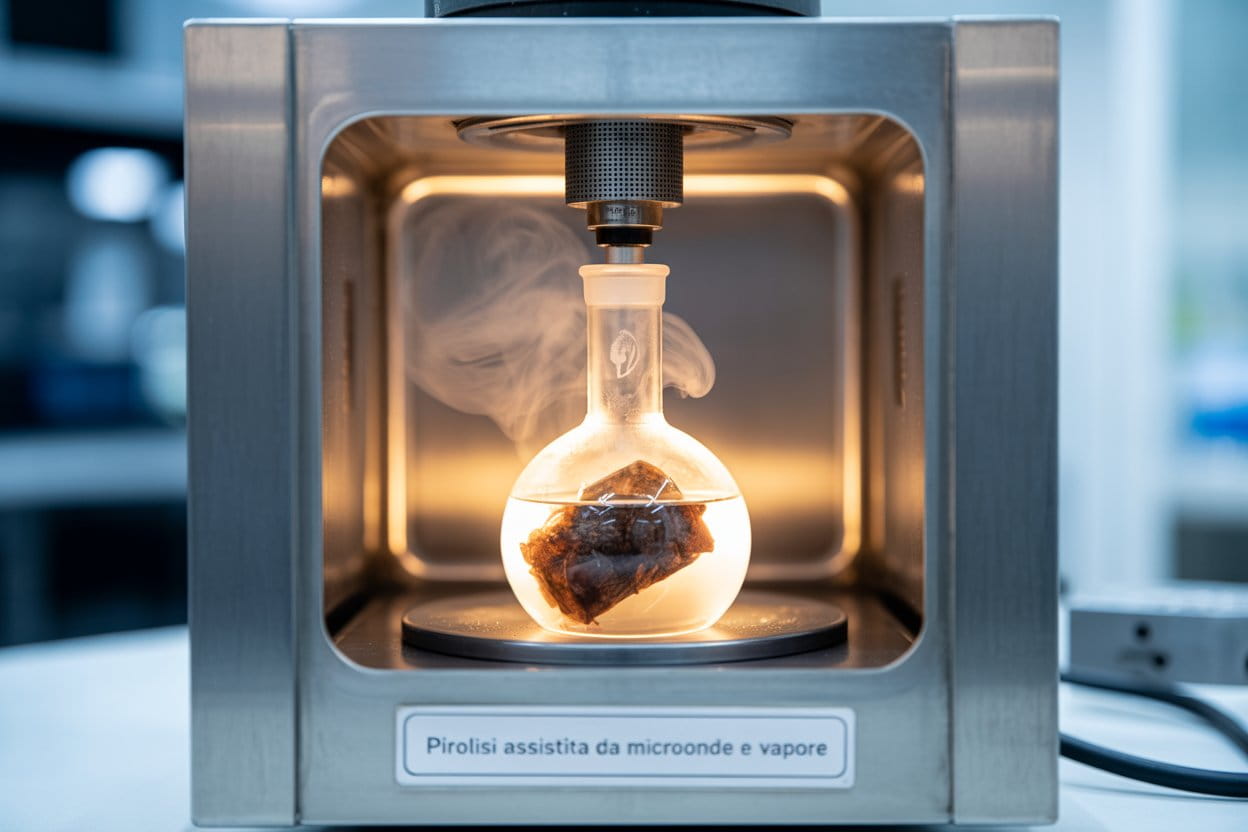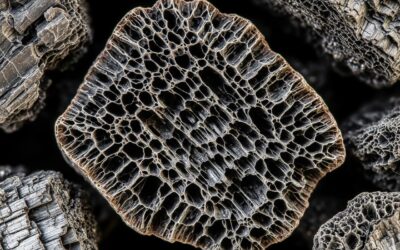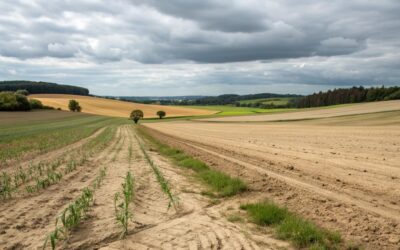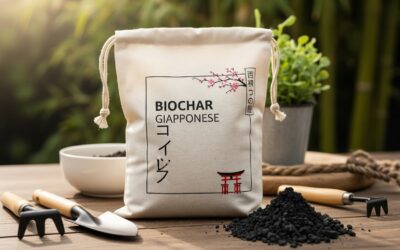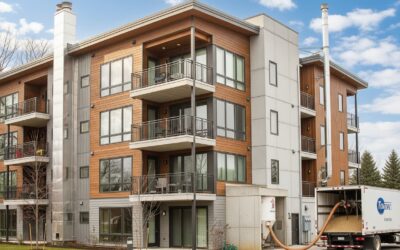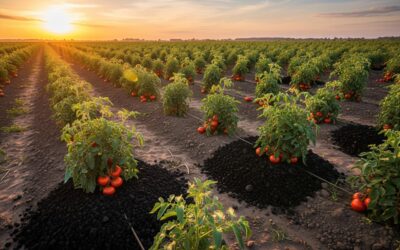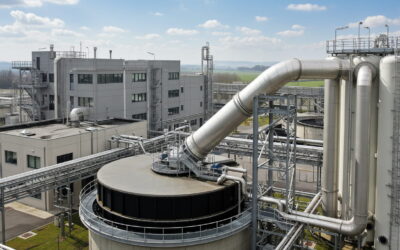Biochar, that vegetable charcoal full of promise for agriculture and the environment, is nothing new. Pre-Columbian populations of the Amazon already used it to create fertile “terra preta de índio” (Indian soil) .
Today, this material obtained from the thermal decomposition of biomass (such as agricultural waste, wood, or sludge) in the absence of oxygen is at the center of a real scientific revolution.
Its applications are extraordinary:
- Improves soil health , increasing fertility and water retention.
- It cleans the environment by capturing contaminants from soil, water and air.
- It fights climate change by sequestering carbon for centuries.
But the search never stops.
The current goal is to move beyond traditional biochar to create an “engineered biochar” : a tailor-made material, with enhanced properties for specific applications.
How is it done? By innovating both the production process (pyrolysis) and subsequent modifications.
We analyze the most promising trends emerging from a recent scientific review by Liuwei Wang et al. (2020).
Innovating the Production Process: Pyrolysis 2.0
Classic pyrolysis methods, such as slow or rapid, are well-established.
However, new techniques are emerging to obtain a higher quality final product, especially when starting from complex or contaminated raw materials.
The two most interesting are microwave-assisted pyrolysis and steam-assisted pyrolysis.
1. Microwave-Assisted Pyrolysis: Heating from the Inside
Imagine heating biomass not from the outside, but directly from within. This is exactly what microwave pyrolysis does. Using microwave radiation, it achieves rapid and uniform dielectric heating .
What are the benefits?
- Greater efficiency: A higher degree of carbonization is achieved at lower temperatures than with traditional methods.
- Unique Properties: The biochar produced has fewer oxygen-containing functional groups, which enhances electrostatic interactions. This makes it ideal for the remediation of soils contaminated by organic pollutants .
- Dual function: It can also be used as a biofertilizer to improve fertility and water-holding capacity in sandy soils.
2. Steam Assisted Pyrolysis: A “deep clean” for maximum porosity
In this method, steam is injected directly during the pyrolysis process. The effect is similar to a deep cleaning: the steam removes tar and other byproducts that would otherwise clog the biochar’s pores.
What are the benefits?
- Increased surface area: The result is a biochar with a significantly increased specific surface area and pore volume.
- Energy efficiency: It is a relatively economical method of increasing porosity compared to other activation techniques.
- Super-adsorbent: Due to its sponge-like structure, it is excellent for adsorbing contaminants in water and promising for the remediation of soils contaminated by aromatic compounds such as polycyclic aromatic hydrocarbons (PAHs).
Biochar “Tuning”: Post-Production Modification Strategies
In addition to innovating the production process, it is possible to “modify” biochar after it has been created to give it truly super characteristics.
- Magnetic Modification: By adding iron particles, biochar becomes magnetic. This not only allows it to be easily recovered from water or soil, but also gives it the ability to catalytically degrade organic pollutants and immobilize heavy metals.
- Mineral Modification: The addition of natural minerals such as clays (e.g., montmorillonite) increases their ion exchange capacity and, more importantly, their carbon sequestration potential. It is considered a “green” and highly effective strategy.
- Acid and Alkaline Activation: A “chemical treatment” that cleans and opens the pores, introducing functional groups that improve its ability to bind nutrients or contaminants. Alkaline-activated biochar can also act as a silica-based fertilizer if the raw material is rich in it.
- Oxidative and photocatalytic modifications : improve the degradation capacity of organic contaminants.
- Nanocomposites and nanocarbons : increase adsorption thanks to π-π interactions.
The Raw Material and the Recipe: The Basics of Good Biochar
Not all biochars are created equal. Its final properties depend critically on two factors:
- The Raw Material:
- Wood: Produces a stable biochar, with high surface area and low ash content.
- Agricultural residues (e.g. rice straw): Can release silicon into the soil, acting as a fertilizer.
- Sewage Sludge: Recycling sludge through pyrolysis is an environmentally friendly approach, but requires caution. Heavy metals can accumulate in the biochar. Co-pyrolysis (pyrolyzing the sludge with other clean biomass) is an effective strategy for immobilizing it and reducing risks.
- Pyrolysis Conditions:
- Temperature: This is the most important factor. Higher temperatures (e.g., >700°C) increase the stability and porosity of the biochar, but reduce its yield.
- Heating Rate: A slow rate promotes greater production of solid biochar.
- Residence Time: Longer time at maximum temperature increases carbonization and surface area.
Conclusions: Towards a Sustainable Future with Engineered Biochar
New frontiers of research are transforming biochar from a simple soil amendment to a precision tool for environmental engineering. The trends are clear:
- “Green” Synthesis: Use non-toxic methods and materials.
- Hybrid Materials: Combining biochar with nanomaterials such as graphene or nanotubes to create composites with exceptional performance.
- Risk Management: Develop techniques such as co-pyrolysis to safely use even contaminated raw materials.
- Multifunctionality: Design biochars that perform multiple tasks simultaneously, such as fertilizing and decontaminating.
Thanks to these innovative strategies, biochar, a material with ancient roots, “has revealed a new vitality,” confirming itself as one of the most promising solutions for a more sustainable agricultural and environmental future.
Source: Liuwei Wang et al. (2020) – “ New trends in biochar pyrolysis and modification strategies …”
